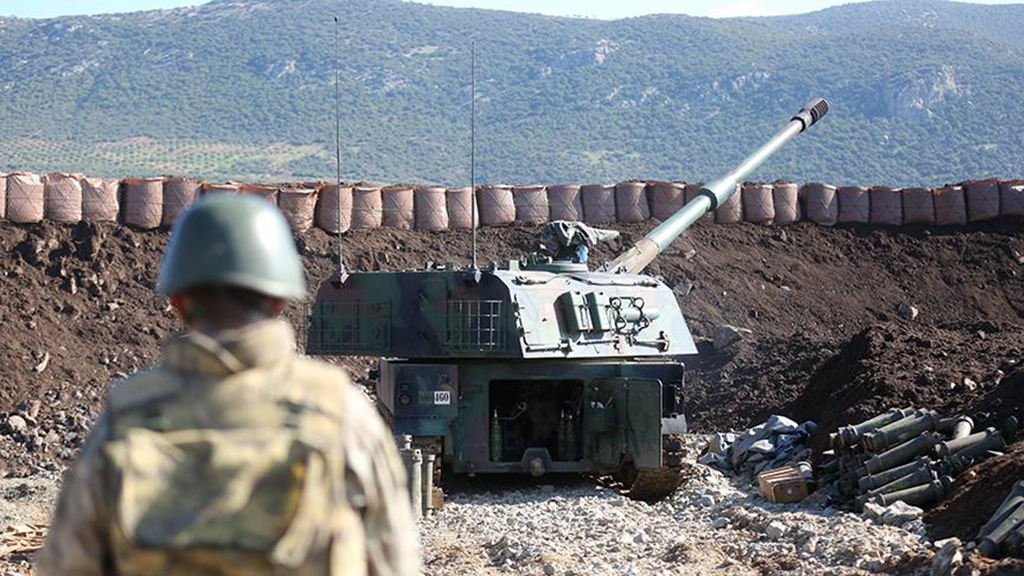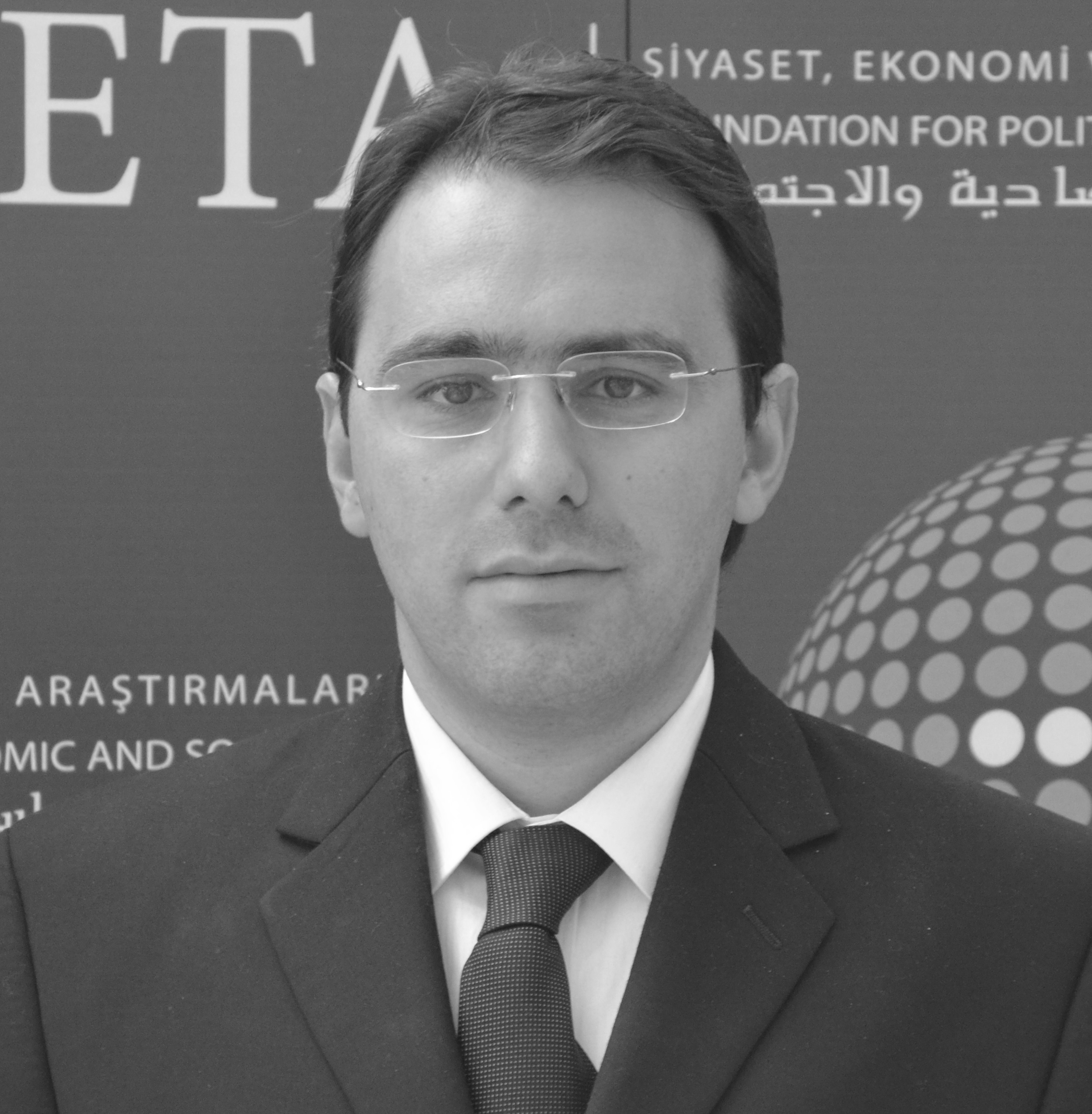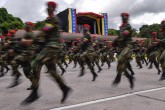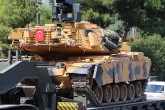Many controversies and debates took place after U.S. President Donald Trump declared his decision to withdraw American troops from Syria. Despite the criticisms in Washington D.C., Trump’s decision was received very positively in Turkey since this would mean the end of American military support to Syrian Democratic Forces (SDF), a group dominated by the outlawed PKK’s Syria branch, the People’s Protection Units (YPG).
Turkey considers the U.S. alliance with the YPG as a fundamental threat to its national security and territorial integrity. A coordinated withdrawal of American troops may also facilitate the political settlement in Syria. Turkey is cautiously optimistic about the American troops’ withdrawal from Syria but the shape of the post-withdrawal situation is not clear yet.
The main question is how the American troops will withdraw and how the vacuum will be filled. The only option on the table, for the time being, is the establishment of 20 mile deep safe zone along the south of the Turkish border. Such a safe zone will clear all the terrorist elements, especially the YPG, from Turkey’s border and may create a humanitarian corridor to protect civilians.
There is no common understanding of the nature of a safe zone between Turkey, the U.S., Russia and the other actors that are interested in Syria. In his televised interview, Turkey’s Vice President Fuat Oktay outlined Turkey’s understanding of the safe zone. Oktay said “When we say safe zone we are referring to a region under Turkey’s control. Otherwise, it would not mean a safe zone for Turkey,” The recent diplomatic maneuvers between the leaders of Turkey, Russia and the U.S. try to outline the shape of the post-withdrawal order in northeastern Syria.
For Turkey, there are two major coordination concerns in order to turn the American troop withdrawal into a positive transformation and then into a political settlement. There should be coordination between Turkish and American troops so that the vacuum left by the American troops will not be filled by terrorist elements or the Bashar Assad regime’s troops.
The second important dimension of coordination is the one between the American and the Russian authorities. Russian authorities mentioned their contentment with America’s decision on troop withdrawal but Russia expects regime elements to fill the vacuum that will be left after the American withdrawal.
President Recep Tayyip Erdoğan’s recent Moscow visit and his meeting with the Russian President Vladimir Putin was important for coordinating the Russian side of the equation. There are certain elements of disagreement between two countries but they do not want to risk their cooperation in Syria which led to the stabilization of the civil war in the last two years.
Russian President Vladimir Putin mentioned a framework of a deal between Turkey and the Syrian regime but such a deal is premature and unrealistic due to the lack of trust between the two actors. Such a move may also jeopardize Turkey’s constructive relations with the moderate Syrian opposition. Turkish and Russian leaders are working together to narrow their differences but a definitive deal is still on the horizon.
If the regime fills the vacuum after the American withdrawal it may also mean Iranian penetration as well. The Iranian presence may also risk the American interests in Iraq and shift the balance of power in Iraq further in favor of Iran. The Turkish troop presence in northeastern Syria may prevent the regime’s or Iran’s penetration until a political settlement is reached in Syria. The two leaders are also trying to turn this change into a positive momentum in Turkish-American relations that were damaged in the last couple of years. Due to the sensitive nature of the problem, diplomatic moves in the Turkish-American and the Turkish-Russian sides are coordinated at the level of leaders.
Turkey has two major priorities with regard to Syria and expects its counterparts including Russia and the U.S. to respect these priorities when negotiating the shape of the safe zone. The first priority is to push all terrorist elements, especially the YPG out of its border areas with Syria.
The difficulty for Turkey is to push the YPG out of eastern Syria and secure a safe zone with its military presence at the same time satisfying the expectations of both Russia and the U.S. Maintaining close diplomatic ties and trust relationships between the leaders of the three countries is crucial for accomplishing all these tasks. Any solution in the safe zone deal will be gradual and contingent on many factors. The Syrian regime will also try to spoil a deal by instigating trouble by using some local actors including the YPG or former YPG elements.
[Daily Sabah, 25 January 2019]
In this article
- Opinion
- CENTCOM
- Civil War
- DAESH
- Daily Sabah
- Donald Trump
- East of the Euphrates
- Fight against DAESH
- Foreign Minister
- Global Actors | Local Actors
- Iraq
- Islamic Republic of Iran
- Kurdistan Workers' Party Terrorist Organization (PKK)
- Middle East
- NATO
- NATO Ally
- Operation Euphrates Shield
- Opposition
- Peace Corridor
- People's Protection Units (YPG)
- PKK - YPG - SDF - PYD - YPJ - SDG - HBDH - HPG - KCK - PJAK - TAK - YBŞ
- Recep Tayyip Erdoğan
- Russia
- Russian Foreign Minister
- Safe Zone
- Sergey Lavrov
- Syria
- Syrian Civil War
- Syrian Conflict
- Syrian Crisis
- Syrian Democratic Forces (SDF)
- Syrian National Army (SNA)
- Syrian National Coalition
- Syrian Opposition
- Syrian Refugees
- Terrorism
- Trump’s Syria Withdrawal
- Turkish Foreign Policy
- Turkish-American Relations
- Türkiye-US Relations
- Türkiye-US Security Relations
- Türkiye's Foreign Policy
- Türkiye's Operation Peace Spring
- Türkiye’s Operation Olive Branch
- United States (US)
- US President
- US Withdrawal from Syria
- US-PKK/PYD/YPG/SDF Relations
- US-Terror Relations
- Vladimir Putin



